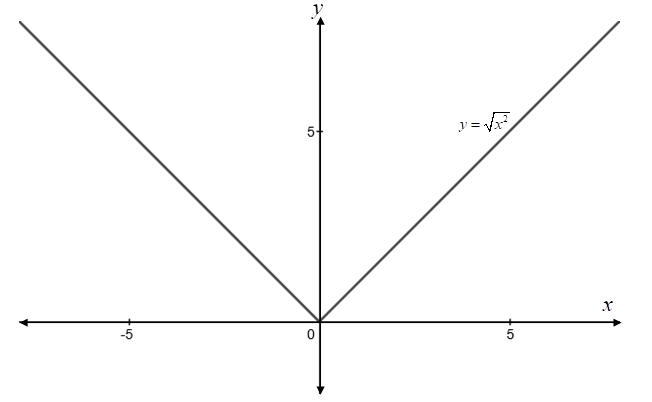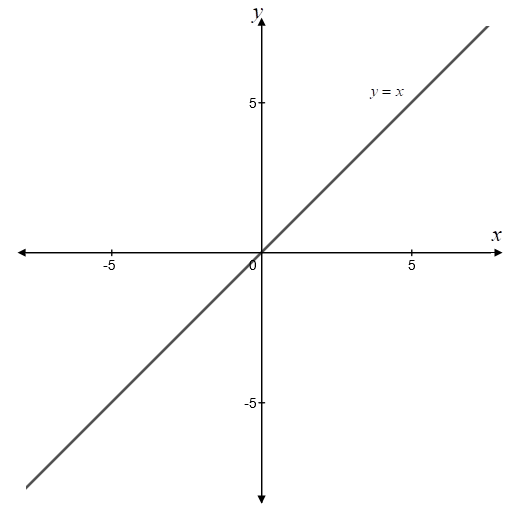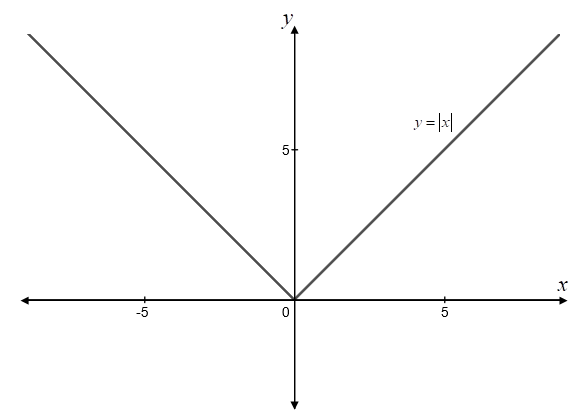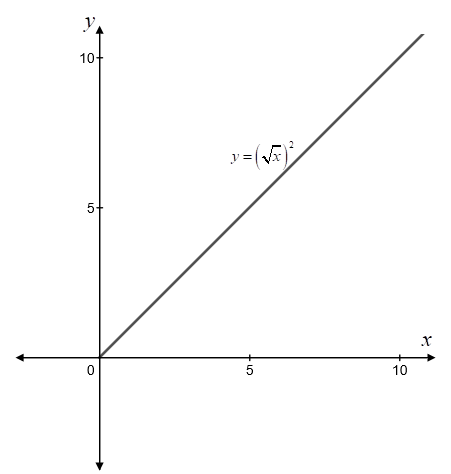
Concept explainers
Graph
Explain why the graphs of
Explain why the graphs of
Explain why the graphs of
(a)
To graph: The functions
Explanation of Solution
Given Information:
The functions
Graph:
Now, to graph the functions
For
Use the steps below to graph the function:
Step 1: Press [Y=] key. Then, enter the function as
Step 2: Press [WINDOW] key and set the viewing window as below:
Step 3: Then hit the [Graph] button to view the graph.

For
Use the steps below to graph the function:
Step 1: Press [Y=] key. Then, enter the function as
Step 2: Press [WINDOW] key and set the viewing window as below:
Step 3: Then hit the [Graph] button to view the graph.

For
Use the steps below to graph the function:
Step 1: Press [Y=] key. Then, enter the function as
Step 2: Press [WINDOW] key and set the viewing window as below:
Step 3: Then hit the [Graph] button to view the graph.

For
Use the steps below to graph the function:
Step 1: Press [Y=] key. Then, enter the function as
Step 2: Press [WINDOW] key and set the viewing window as below:
Step 3: Then hit the [Graph] button to view the graph.

Interpretation:
From the above graphs, the graphs of the functions
(b)
Why the graphs of
Answer to Problem 85AYU
Solution:
For any
Explanation of Solution
Given Information:
Instruction to explain why the graphs of
Explanation:
From part (a),
The graphs of


From the above graphs, it is observed that
When
Thus, the points on the graphs
When
Thus, the points on the graphs
When
Thus, the point
Therefore, for any
(c)
Why the graphs of
Answer to Problem 85AYU
Solution:
The domain of the graphs of
Explanation of Solution
Given Information:
The graphs of
Explanation:
From part (a),
The graphs of


From the above graphs, it is observed that
The domain of
Thus, the domains of the functions
Therefore, the graphs
(d)
Why the graphs of
Answer to Problem 85AYU
Solution:
For
Explanation of Solution
Given Information:
The graphs of
Explanation:
From part (a),
The graphs of


From the above graphs, it is observed that
When
But, for
Thus, the points on the graphs of
Therefore, for
Hence, the graphs of
Chapter 1 Solutions
Precalculus
Additional Math Textbook Solutions
Calculus: Early Transcendentals (2nd Edition)
Elementary Statistics (13th Edition)
Pre-Algebra Student Edition
University Calculus: Early Transcendentals (4th Edition)
A Problem Solving Approach To Mathematics For Elementary School Teachers (13th Edition)
Thinking Mathematically (6th Edition)
- a -> f(x) = f(x) = [x] show that whether f is continuous function or not(by using theorem) Muslim_mathsarrow_forwardUse Green's Theorem to evaluate F. dr, where F = (√+4y, 2x + √√) and C consists of the arc of the curve y = 4x - x² from (0,0) to (4,0) and the line segment from (4,0) to (0,0).arrow_forwardEvaluate F. dr where F(x, y, z) = (2yz cos(xyz), 2xzcos(xyz), 2xy cos(xyz)) and C is the line π 1 1 segment starting at the point (8, ' and ending at the point (3, 2 3'6arrow_forward
- I need help in ensuring that I explain it propleryy in the simplifest way as possiblearrow_forwardI need help making sure that I explain this part accutartly.arrow_forwardPlease help me with this question as I want to know how can I perform the partial fraction decompostion on this alebgric equation to find the time-domain of y(t)arrow_forward
- Please help me with this question as I want to know how can I perform the partial fraction on this alebgric equation to find the time-domain of y(t)arrow_forwardEvaluate F³ - dr where ♬ = (4z, -4y, x), and C' is given by (t) = (sin(t), t, cos(t)), 0≤t≤ñ .arrow_forwardMid-Term Review Find the formula for (f + g)(x). f(x) = x² - 10x + 25 and g(x) = x² - 10x + 24 (f + g) (x) = [ 2 ]x² X + DELL Skip Sarrow_forward
 Calculus: Early TranscendentalsCalculusISBN:9781285741550Author:James StewartPublisher:Cengage Learning
Calculus: Early TranscendentalsCalculusISBN:9781285741550Author:James StewartPublisher:Cengage Learning Thomas' Calculus (14th Edition)CalculusISBN:9780134438986Author:Joel R. Hass, Christopher E. Heil, Maurice D. WeirPublisher:PEARSON
Thomas' Calculus (14th Edition)CalculusISBN:9780134438986Author:Joel R. Hass, Christopher E. Heil, Maurice D. WeirPublisher:PEARSON Calculus: Early Transcendentals (3rd Edition)CalculusISBN:9780134763644Author:William L. Briggs, Lyle Cochran, Bernard Gillett, Eric SchulzPublisher:PEARSON
Calculus: Early Transcendentals (3rd Edition)CalculusISBN:9780134763644Author:William L. Briggs, Lyle Cochran, Bernard Gillett, Eric SchulzPublisher:PEARSON Calculus: Early TranscendentalsCalculusISBN:9781319050740Author:Jon Rogawski, Colin Adams, Robert FranzosaPublisher:W. H. Freeman
Calculus: Early TranscendentalsCalculusISBN:9781319050740Author:Jon Rogawski, Colin Adams, Robert FranzosaPublisher:W. H. Freeman
 Calculus: Early Transcendental FunctionsCalculusISBN:9781337552516Author:Ron Larson, Bruce H. EdwardsPublisher:Cengage Learning
Calculus: Early Transcendental FunctionsCalculusISBN:9781337552516Author:Ron Larson, Bruce H. EdwardsPublisher:Cengage Learning





